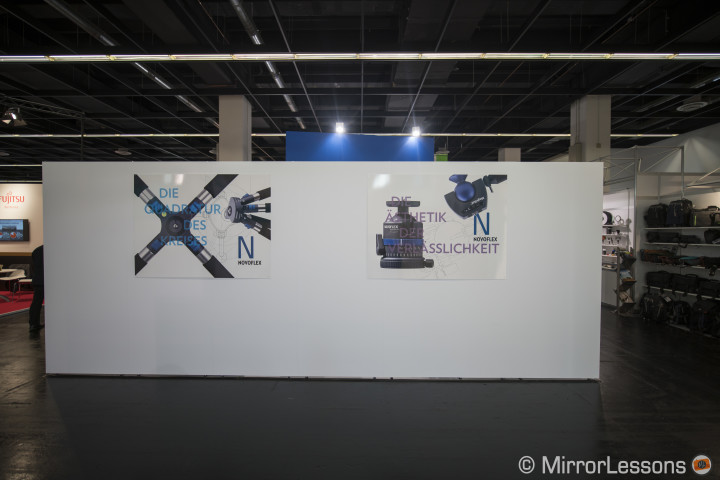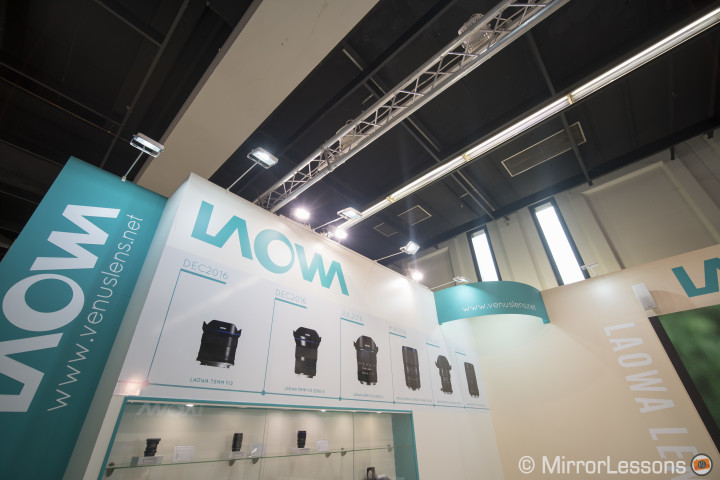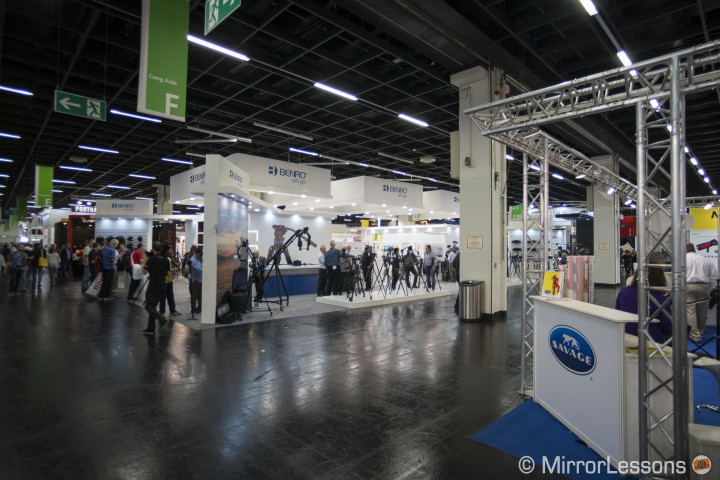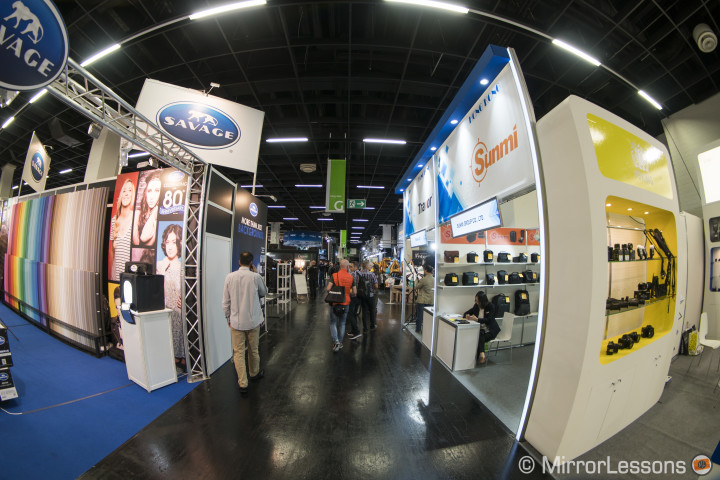At Photokina we also looked at some of the newly announced manual focus lenses for mirrorless cameras. Some products turned out to be quite promising like the two Laowa lenses.
Zeiss Loxia 85mm f/2.4 (Sony E-mount, 35mm format)
The Loxia 85mm is the fourth manual focus lens designed for the FE system. Like its siblings, you have the same diameter and filter thread (52mm), an all-metal build and a clicking aperture ring that can be de-clicked for video use.
I really liked the smoothness and precision of the mechanical focus ring that turns 220°; it’s really a pleasure to use. Sharpness at f/2.8 is excellent and the bokeh is creamy and has character, at least from the few samples I was able to gather. The price is high though at almost $1400. Our complete hands-on of the lens can be found in the video below.
Below you can check out a few sample images:



Laowa 15mm f/2 (Sony E-mount, 35mm format)
The Laowa 15mm f/2 is the fastest 15mm rectilinear lens you can find on the market. What surprised me is its size (82mm length) and weight (500g) which are very reasonable and fit the A7r mark II just perfectly.
The build quality feels robust thanks to its all-metal construction, smooth mechanical focus ring and a clickless aperture ring. The aperture ring might suit video makers but I would have preferred a clicking mechanism for stills or why not, the option to switch between the two. The mount lacks all electronic contacts so no EXIF data will be communicated. Honestly, I wish that more companies would start to include this feature on their lenses.
The filter thread is 72mm which makes the lens compatible with lots of standard circular filters and filter holders.
I took a few shots at the Laowa booth. The brand promises Zero distortion and while I can’t really confirm this for now, it does seem to handle distortion well, although some slight barrel distortion is present. Sharpness seems excellent at f/2 at the centre and in the corners. An important test for this lens will be astro-photography given its fast aperture. Chromatic aberration and vignetting seem well-contained as well.
The lens has a minimum focus distance of 15cm which allows you to get quite close and produce a shallow depth of field.
The lens should be available by the end of 2016. No official price has been announced but it should be around $1000.




Laowa 7.5 f/2 (Micro Four Thirds)
This lens looks like a mini-me version of the 15mm seen above and offers the same 110° angle of view. It is the fastest and widest rectilinear prime lens designed for the system and it is really tiny and light (170g).
Being a pre-production unit we weren’t allowed to take pictures with it. Laowa designed the lens for Drone work in addition to other uses.
I found the aperture ring a little too small and less precise than the 15mm E-mount lens. The focus ring has a similar feeling to the larger lens. Here as well we don’t have electronic contacts on the mount.
There isn’t any price information for this lens but it should be available in early 2017.
Tokina Firin 20mm f/2
We were hoping to try out the new Firin 20mm f/2 designed specifically for Sony E-mount but unfortunately it was only on display. Ah well, next time! But at least we have a picture. The lens looks large and heavy. The price is not yet available and the release date should be in the first quarter of 2017.

Voigtländer 65mm f/2 Macro Apo-Lanthar
The 65mm f/2 Macro is the fourth lens designed by the brand for the Sony E-mount system. It features electronic contacts on the mount and comes with an all-metal build. The minimum focus distance is 31cm.
The lens feels very solid but is also somewhat heavy. The focus mechanism is not internal and the lens extends quite a lot as you can see. The focus ring feels precise, as does the aperture ring that moves in 1/2 steps. The latter can also be de-clicked with a third ring.
Here as well it was a prototype so we couldn’t take pictures with it, nor could we gather any information about a possible price or release date.
Meike 12mm f/2.8 (APS-C Sony E, Fuji X and micro four thirds)
The final stop was the Meike booth (you may have heard of them because of their battery grips for the Sony a6000 and a6300). We first had a look at the 12mm f/2.8 which is available for Sony APS-C E-mount cameras as well as Fuji X and Micro Four Thirds.
Unfortunately I didn’t have an a6300 or Fuji camera with me so I took a few shots on the Sony A7r II in APS-C mode.
The build quality felt solid, the focus ring was good and the aperture ring moves in 1/2 steps (clicking mechanism).
At f/2.8 the lens seems decently sharp but I wasn’t too impressed to be honest. That said, the lens deserves a fair test before judging it completely. The minimum focus distance is 10cm and the bokeh isn’t too bad.
The issue here is that APS-C mirrorless cameras already have an excellent 12mm manual focus lens: the Samyang 12mm f/2. So I have to say that I am not as interested in this lens as I am in the other products we’ve looked at up until now.


Meike 8mm f/3.5 (APS-C E-mount)
The last lens we looked at was the 8mm Fisheye from Meike. The lens is designed for Canon and Nikon DSLRs but an E-mount version is available. I am not a big fan of the design as they have simply lengthened the lens so that it works correctly on the Sony camera.
The build quality is good, the hood can be removed and you have a clicking aperture ring.
Sharpness seems excellent judging from the few shots I was able to take. Chromatic aberration and flare seem well-controlled.













